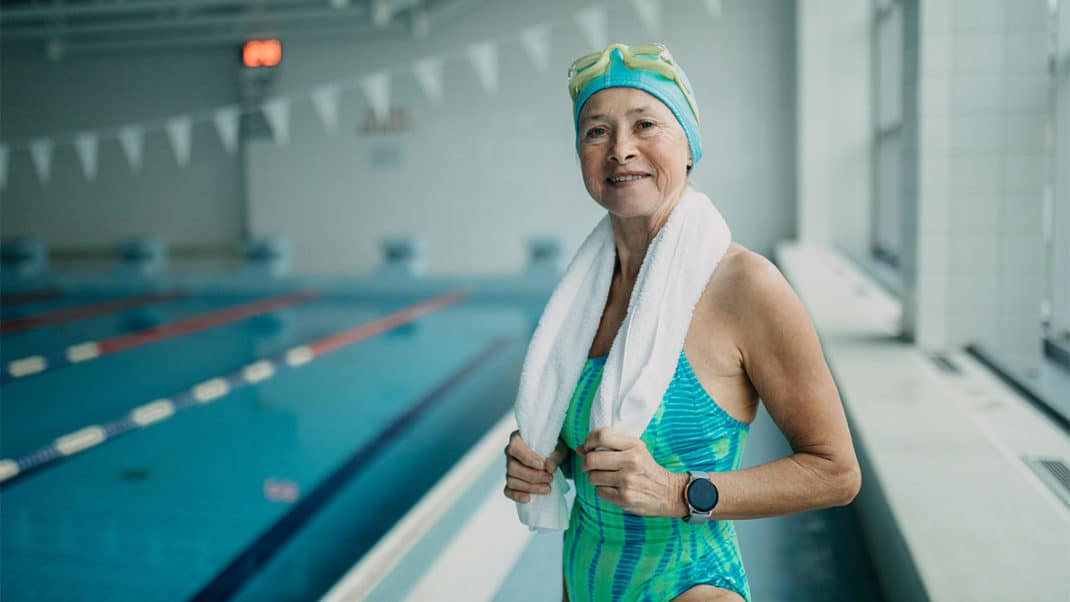Japan Is Jumping
Even in these tough economic times there is still a lot of optimism and opportunity in the Japanese fitness industry. “2009 is very tough financially for commercial fitness facilities, but I think that people will become even more conscious of their health, especially the benefits of exercise as they relate to stress management,” says Sachiko Tsurumi, president of Japan Fitness Association in Tokyo.
There is a wide range of activities to choose from, and Tsurumi sees this variety as a good sign. “People, especially women in the 30–40 age category, are showing more interest in movement-oriented, dynamic exercises again, especially dance-based prechoreographed programs such as Baila Baila, Ritmix and Zumba®. In a nod to [Japan’s] international outlook, exercise participants have embraced other types
of prechoreographed programs from Argentina, New Zealand and the U.S., including conditioning, martial arts, yoga and Pilates. Freestyle group exercise is almost equal in popularity now to prechoreographed workouts, so Japanese instructors have a wide variety of teaching methods to choose from.”
Owing to space limitations, most Japanese fitness clubs do not have room for a lot of equipment, so although mat Pilates classes are easily found, there
are few equipment-based Pilates group classes. This could also explain why stationary cycling is not quite as popular in Japan as in other countries, even though it was introduced in Japan more than 5 years ago. Some equipment-based classes that have recently attracted attention are Drums Alive® and stability ball workouts, which are particularly appealing to both men and women in their 40s. In the 30–40 age range, step is still going strong; however, walking remains the most popular form of exercise, partly due to the very active over-60 population.
Although the access to and types of equipment are about the same throughout the country, clubs in the cities offer more complex choreography than those in the towns. No matter how big the area, the gender split for group strength training classes is 50/50, and both men and women have a positive view about fitness, with health and physical appearance being the biggest motivating factors!
Since April 2008, the government has instituted a mandatory health check-up for all insured people over 40 and nonworking dependents as a response to the increase in early-stage lifestyle-related diseases. For example, nearly 7.4 million Japanese are diabetic, but only half of them have been examined and treated, so the government is trying to offer preventive care that includes education and advice on nutrition and exercise. While the government does not promote any specific fitness programs, there are large-scale health and fitness events, plus health-related ad campaigns to encourage more citizens to improve their fitness levels.
Perhaps due to the increased awareness about the benefits of a healthy lifestyle, people who have never exercised are now giving it a try at places such as the women-only Curves, and fitness is expected to continue to increase in popularity.
With a plethora of exercise options, both for participants and instructors, Tsurumi predicts a bright future for fitness in Japan. n
This column explores the activities and fitness trends of IDEA members around the world. Take a free vicarious trip every month by tuning in here.
Alexandra Williams, MA
Alexandra Williams has taught fitness for 17 years and has a master’s degree in agency counseling, with an emphasis on marriage and family. Her professional training has forced her to scrutinize her own value system, especially as she attempts to raise ethical children. The author wishes to thank Jack Raglin and Jim Gavin for their helpful insights and suggestions.





